
Filter News
Area of Research
- Advanced Manufacturing (5)
- Biological Systems (1)
- Biology and Environment (103)
- Biology and Soft Matter (4)
- Building Technologies (2)
- Chemical and Engineering Materials (3)
- Chemistry and Physics at Interfaces (7)
- Clean Energy (187)
- Climate and Environmental Systems (7)
- Computational Biology (1)
- Computational Chemistry (5)
- Computational Engineering (1)
- Computer Science (3)
- Data (1)
- Earth Sciences (1)
- Electricity and Smart Grid (1)
- Energy Frontier Research Centers (7)
- Fuel Cycle Science and Technology (2)
- Functional Materials for Energy (8)
- Fusion and Fission (33)
- Fusion Energy (7)
- Geographic Information Science and Technology (1)
- Isotope Development and Production (1)
- Isotopes (22)
- Materials (136)
- Materials for Computing (13)
- Materials Synthesis from Atoms to Systems (8)
- Materials Under Extremes (7)
- National Security (46)
- Neutron Data Analysis and Visualization (2)
- Neutron Science (74)
- Nuclear Science and Technology (29)
- Quantum Condensed Matter (3)
- Quantum information Science (4)
- Renewable Energy (2)
- Sensors and Controls (2)
- Supercomputing (155)
- Transportation Systems (4)
News Type
News Topics
- 3-D Printing/Advanced Manufacturing (43)
- Advanced Reactors (9)
- Artificial Intelligence (47)
- Big Data (27)
- Bioenergy (52)
- Biology (60)
- Biomedical (29)
- Biotechnology (12)
- Buildings (24)
- Chemical Sciences (26)
- Clean Water (15)
- Climate Change (54)
- Composites (7)
- Computer Science (89)
- Coronavirus (18)
- Critical Materials (3)
- Cybersecurity (14)
- Decarbonization (50)
- Education (1)
- Emergency (2)
- Energy Storage (35)
- Environment (110)
- Exascale Computing (26)
- Fossil Energy (4)
- Frontier (25)
- Fusion (33)
- Grid (25)
- High-Performance Computing (44)
- Hydropower (5)
- Isotopes (28)
- ITER (2)
- Machine Learning (23)
- Materials (44)
- Materials Science (54)
- Mathematics (7)
- Mercury (7)
- Microelectronics (2)
- Microscopy (23)
- Molten Salt (1)
- Nanotechnology (20)
- National Security (40)
- Net Zero (8)
- Neutron Science (50)
- Nuclear Energy (60)
- Partnerships (16)
- Physics (34)
- Polymers (11)
- Quantum Computing (21)
- Quantum Science (31)
- Renewable Energy (1)
- Security (12)
- Simulation (32)
- Software (1)
- Space Exploration (12)
- Statistics (1)
- Summit (30)
- Sustainable Energy (47)
- Transformational Challenge Reactor (3)
- Transportation (32)
Media Contacts
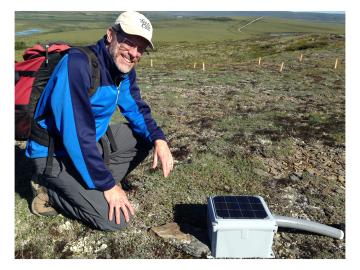
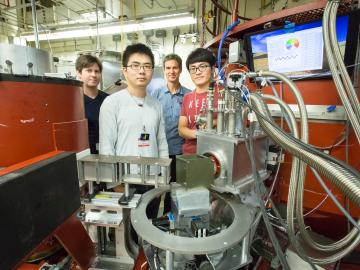
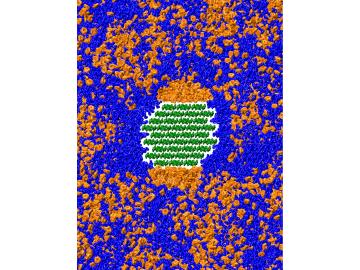

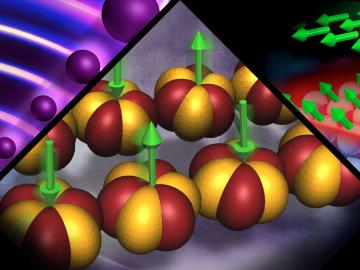
The theories recognized with this year’s Nobel Prize in Physics underpin research ongoing at the Department of Energy’s Oak Ridge National Laboratory, where scientists are using neutrons as a probe to seek new materials with extraordinary properties for applications such as next-generation electronics, superconductors, and quantum computing.
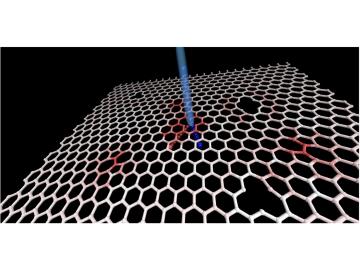
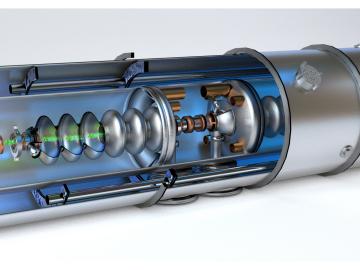

As a boy growing up in China, Xiaobing Liu knew all about Oak Ridge and the World War II Manhattan Project. He had no idea that he would one day work at DOE’s Oak Ridge National Laboratory, the Secret City’s successor. Liu is a lead researcher in geothermal heat pump (GHP) techn...
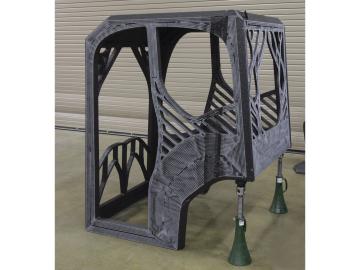
Heavy construction machinery is the focus of Oak Ridge National Laboratory’s latest advance in additive manufacturing research. With industry partners and university students, ORNL researchers are designing and producing the world’s first 3D printed excavator, a prototype that w...



